Your cart is currently empty!
INTERVIEW | Andrew Paranavitana
Photography has always been a part of my life, capturing family trips and events long before it became a career. When I started traveling, I felt the need to document my journeys, and with a Canon SLR in hand, I began to explore my creative passion. My photographs became vivid souvenirs, each one telling a story of the experiences I encountered. Over the years, my equipment evolved from a film camera to a digital SLR, reflecting my growth as both a photographer and an artist.
Having travelled to every continent, exhibited and sold work internationally, and earned a Diploma of Photo Imaging from RMIT Melbourne, I’ve built a diverse portfolio. I balanced architectural photography with fine art, growing my business client by client. In 2025, I began working with an art agency who shifted my focus back to my art, allowing me to channel my energy into creating work that pushes the boundaries of photography and image manipulation. I plan to continue creating art, exhibiting my work and remaining in this field for as long as my creative energy allows.

Andrew’s work exists at the intersection of photography and painting, where reality is fragmented, reshaped, and reimagined. Using photography as a foundation, he employs digital manipulation and layered textures – concrete, paper, and canvas – to blur the lines between what is seen and what is felt. His art is an exploration of perception, emotion, and the psychological landscapes individuals navigate.
At its core, his work embodies a fusion of surrealism, expressionism, and abstract realism. He is drawn to dualities – the coexistence of light and dark, beauty and decay, reality and illusion. These contrasts fuel his creative process, allowing him to explore themes of trauma, healing, transformation, and self-reflection. His images are not just visual compositions but emotional experiences, evoking a sense of familiarity while challenging conventional perspectives.
Through his process, he aims to capture the intangible: the weight of memories, the echoes of loss, and the quiet resilience of the human spirit. His art serves as a conversation between past and present, a visual language that invites viewers to step beyond the surface and into the depths of their own introspection. Each piece acts as a portal – an open space for contemplation, connection, and catharsis.
Andrew’s ultimate goal is to challenge the way individuals see themselves and the world, offering a perspective that is both deeply personal and universally resonant. By manipulating and reconstructing reality, he invites others to pause, reflect, and find their own meaning within the layers of his work.
1.You’ve mentioned photography has always been part of your life. Do you remember the first moment or image that made you realize it could become a career or an art form?
Photography was always something I enjoyed, but I never saw it as a viable career until I got my first digital camera – a simple Canon point-and-shoot. Taking it overseas reignited a creative energy I had lost while caught up in everyday life. From there, everything unfolded naturally. I began sharing my work online, unintentionally building a photography profile. I remember thinking how incredible it would be to do this full-time, though at the time, it felt like an unlikely possibility.
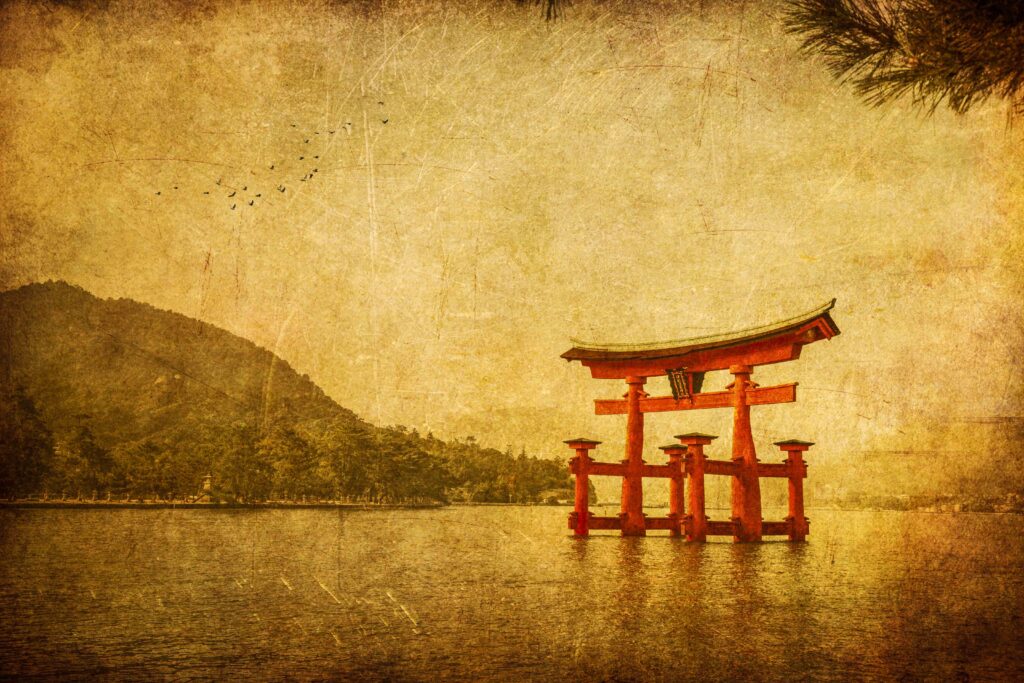
Date created: 2024
Medium: Photographic art on matte paper
Dimensions: 90cm x 60cm
2.From shooting family trips to exhibiting internationally, what has been the most unexpected turning point in your journey as a photographer-artist?
Two key moments stand out in my journey.
The first was returning home after six months of travel and uploading my images to online galleries and portfolio sites. I discovered a community of artists who supported and inspired me, helping me evolve from a photographer to an artist. Seeing my work well received pushed me to experiment with new editing styles, leading me to the grunge photography movement, image manipulation, and what would become the foundation of my fine art photography style.
The second was an unexpected email from a company looking for photographers to shoot architecture and interiors for online listings. At the time, I had not considered architectural photography as a career path, but it introduced me to a new creative space – one that merged my growing interest in interior design and architectural geometry. That company was Airbnb, relatively unknown at the time. As I continued working with them, my confidence grew, and I began to see photography as more than just a full-time hobby. Not long after, I decided to return to university to earn a qualification in Photo Imaging – a step that solidified my mindset as both a photographer and an artist.
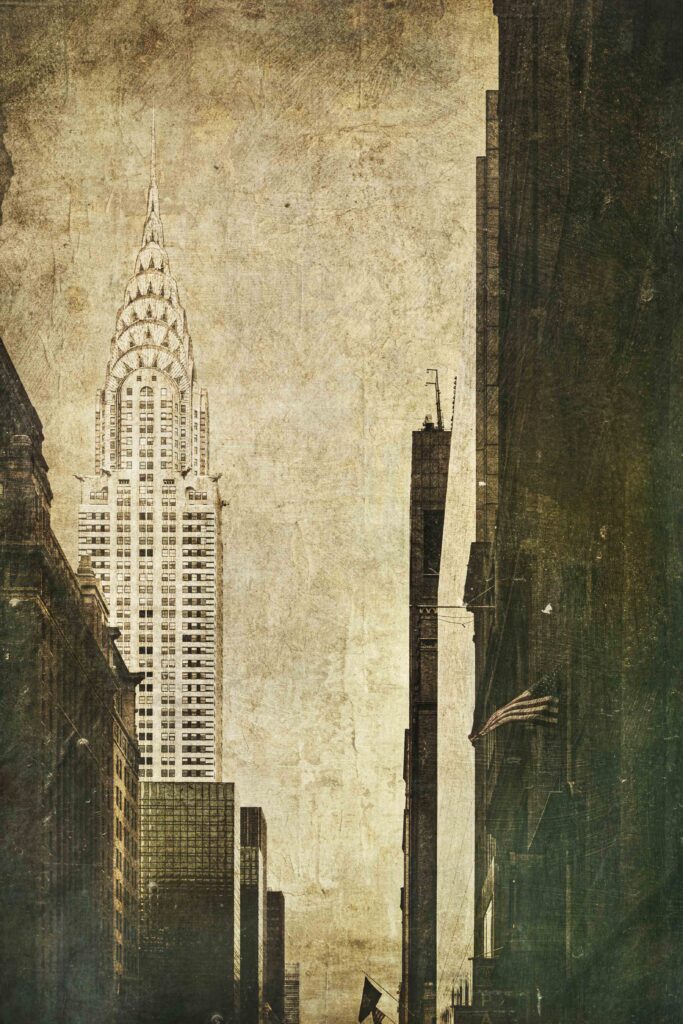
Date created: 2024
Medium: Photographic art on matte paper
Dimensions: 54cm x 80cm
3.Can you walk us through your creative process—from capturing the initial image to layering textures and manipulating the final work?
My creative process is not always linear. When I am out shooting, it is usually a full-day commitment – spending eight to twelve hours capturing landscapes, details, and moments that stand out to me. My approach is guided by location, light, and texture, and I compose images based on how they look and feel through the camera’s viewfinder. Light and shadow play a crucial role in shaping the mood and emotion of each shot. At this stage, the image remains a photograph, firmly grounded in realism – until I bring it into Photoshop.
From each shoot, a handful of images immediately stand out for editing. I begin with global adjustments to contrast, lighting, and colour, revealing the image’s full potential. From there, the process becomes unique to each piece. I introduce textures – paper, concrete, or painted surfaces – blending them with the original photo to abstract reality and create a painterly, aged aesthetic. Through dodging and burning, I refine focus and guide the viewer’s eye, shaping the narrative within the image. This is an intuitive process; I let the image dictate which tones to enhance, where to pull back, and how the final piece unfolds. An image may transform completely – day can turn to night, warm hues to cool blues and greens, or even into black and white unexpectedly.
I often work on multiple pieces at once, shifting between them when creative blocks arise. I trust that my subconscious already understands what the image is trying to communicate, so I let the process flow as organically as possible. It is only when I title the piece that I fully grasp what I have created.
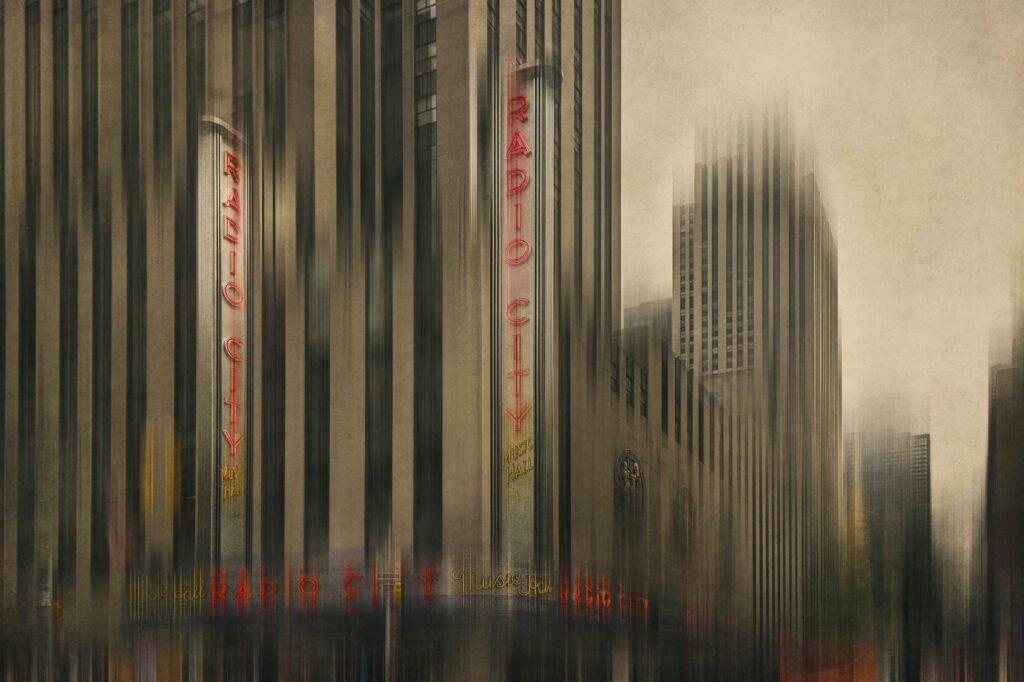
Date created: 2024
Medium: Photographic art on matte paper
Dimensions: 90cm x 60cm
4.What draws you to certain textures like concrete, paper, or canvas? Do they carry specific symbolic or emotional weight for you?
It is not just the individual textures I use, but the way they interact that gives them meaning. Concrete alone can feel harsh, but when blended with parchment, it creates a sense of nostalgia – transforming something polished and new into something aged and storied. This is my way of expressing the past and its influence on my work.
The combination of textures can either deepen shadows or create a light, airy feel. The darker pieces often connect to my past – memories, emotions, and experiences that cannot always make sense in words but need to be expressed. These works explore the unspoken, from childhood traumas to subconscious imprints carried into adulthood. The weight and depth of the textures, along with the image’s tones, reflect the intensity of these experiences and their lingering effects.
On the other side, my lighter, more ethereal pieces embody nostalgia and safety – visual reflections of happier memories and moments of calm.
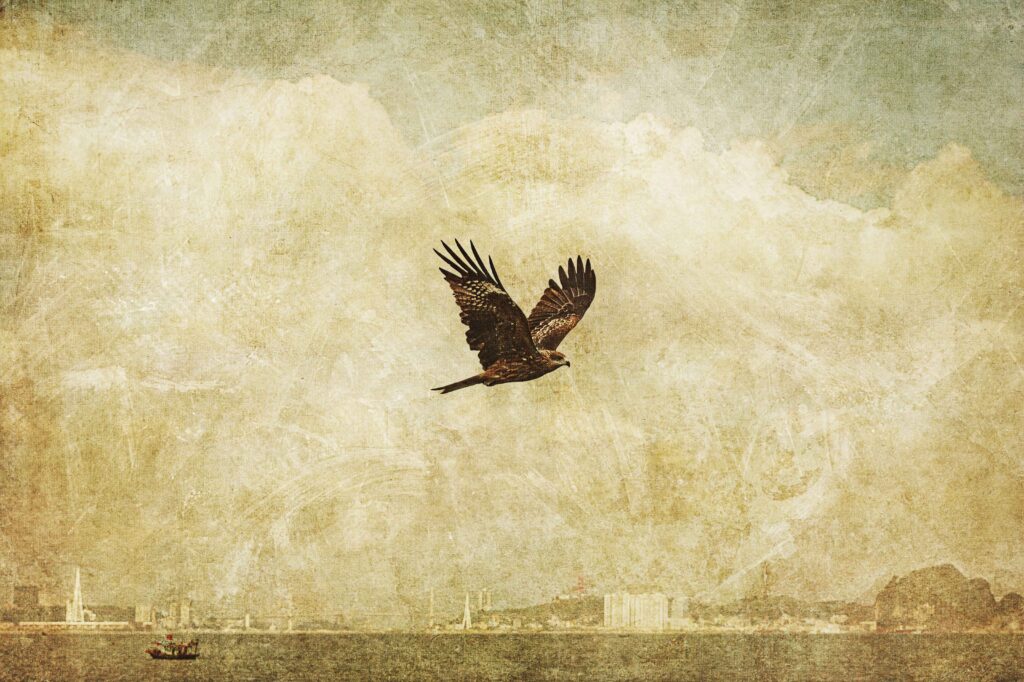
Date created: 2024
Medium: Photographic art on matte paper
Dimensions: 90cm x 60cm
5.How do you know when a piece is finished, especially when working in such a layered and introspective style?
Great question! I don’t think there is a definitive answer – more a sense of knowing that a piece is never truly finished. It is similar to how friendships and relationships evolve over time. As I grow and change, so does my connection to the images I have created. Each piece develops its own bond and meaning, shifting with my perspective.
While I would not alter a work years later, I do see them differently as time passes – sometimes with more kindness and understanding. They exist as a reflection of my growth, created as a means of exploration and self-discovery. In that sense, they have fulfilled their purpose for me, but they will never be truly finished – just as personal growth is never complete.

Date created: 2024
Medium: Photographic art on matte paper
Dimensions: 60cm x 90cm
6.Your work explores powerful themes like trauma, healing, and transformation. Are these rooted in personal experiences, or are you more interested in the universal emotional spectrum?
Over the past decade, I have been on a deeply transformative journey, which has become a central inspiration for my work. Confronting childhood trauma and insecurities – shining a light on the aspects of life I once wanted to ignore – has been both illuminating and confronting. But through this process, I have found a sense of balance and grounding I never thought possible. Turning pain into self-acceptance and understanding is a powerful path to realizing what we are truly capable of.
Even before I was fully aware of this, I was creating work without realising its deeper significance. Looking back, I can now see the path that led me here, and that reflection continues to inspire me. It has also expanded my interest in the universal emotional spectrum – why we feel what we feel and how it shapes us. I have come to realise that, despite our differences, we all share experiences that challenge, break, or transform us. Understanding how to navigate and balance these emotions is one of the most valuable skills we can develop.
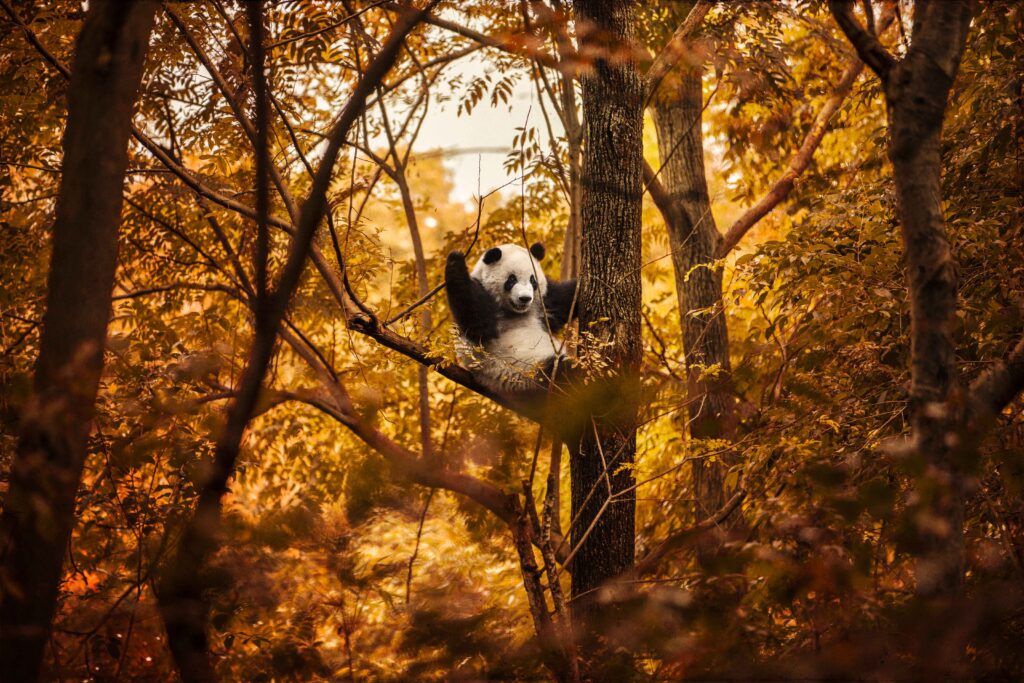
Date created: 2024
Medium: Photographic art on matte paper
Dimensions: 90cm x 60cm
7.How do you balance the dualities in your work—light/dark, beauty/decay—without tipping too far in one direction?
My inspiration comes from my mindset and the experiences that have shaped it. Over time, one central theme has emerged – balance. Understanding that light and dark coexist, and that both are equally important, has been one of the most profound lessons in my life.
As children, we are often taught to avoid negativity – “don’t be angry, don’t be sad” – which can create the false idea that these emotions should not be expressed. Realizing this allowed me to explore my darker side, make peace with my shadow self, and release emotions that were buried for decades. Through my art, I have given them a voice, transforming them into something tangible.
This process has helped me move fluidly between dark and light, finding beauty in what is often associated with death and decay. I no longer fear the dark; I can sit with it, appreciate it, and understand that it is just as essential as the light. Together, they create an emotional harmony that shapes who we are.
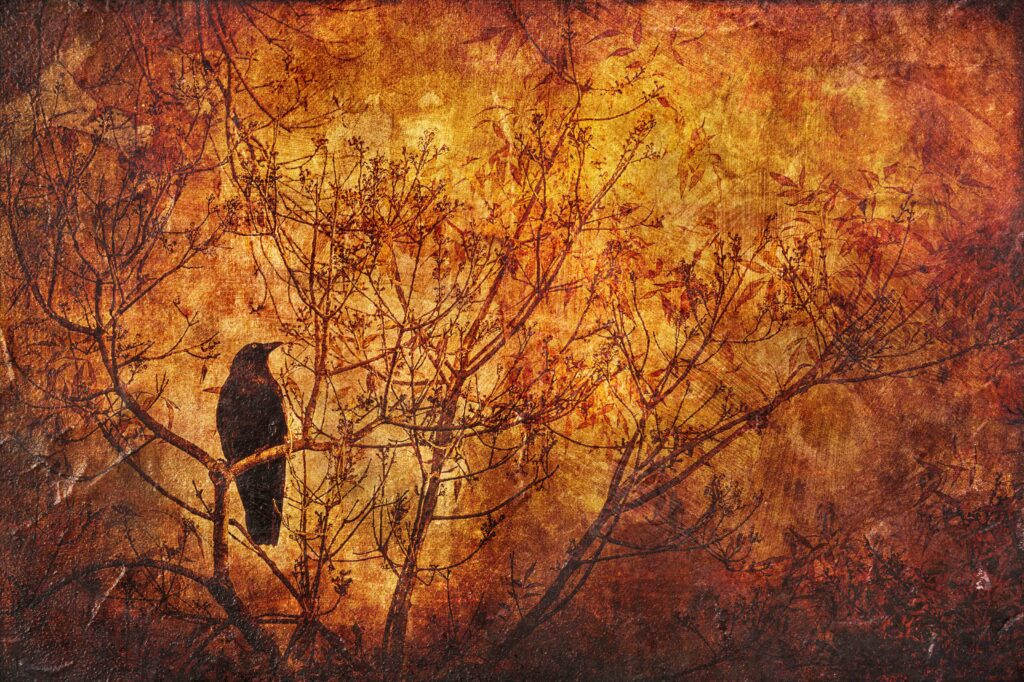
Date created: 2024
Medium: Photographic art on matte paper
Dimensions: 90cm x 60cm
8.What do you think are the boundaries between photography and painting today, and how do you challenge or blur those in your work?
There has long been a divide between how painted art and photography are perceived. While paintings, often taking weeks or months to complete, are seen as time-intensive, photography was traditionally viewed as a more instantaneous process – both a science and an art form. This created a distinction between fine art and fine art photography, where paintings could undergo various transformations throughout their creation, while photographs were expected to remain true to their original form to be considered authentic.
However, in recent years, I have observed a shift. Platforms and competitions that once excluded photography are now becoming more inclusive, challenging the traditional boundaries of what can be considered art.
I draw significant inspiration from artists, particularly from the Renaissance and Impressionist movements. Their mastery of colour, light, and form has deeply influenced how I approach editing my own work. While I have yet to develop skills with a paintbrush, I use Photoshop textures to create painterly, often abstract pieces that blur the line between photography and painting.
For some time, my evolving style made it difficult to fit into either photography or traditional art exhibitions, with many dismissing it as belonging to one category or the other. I simply had to wait for the right moment to blur these distinctions. Today, there is a broader acceptance that photography can be more than what is captured by the camera – and that, in any of its forms, a photograph can be art.
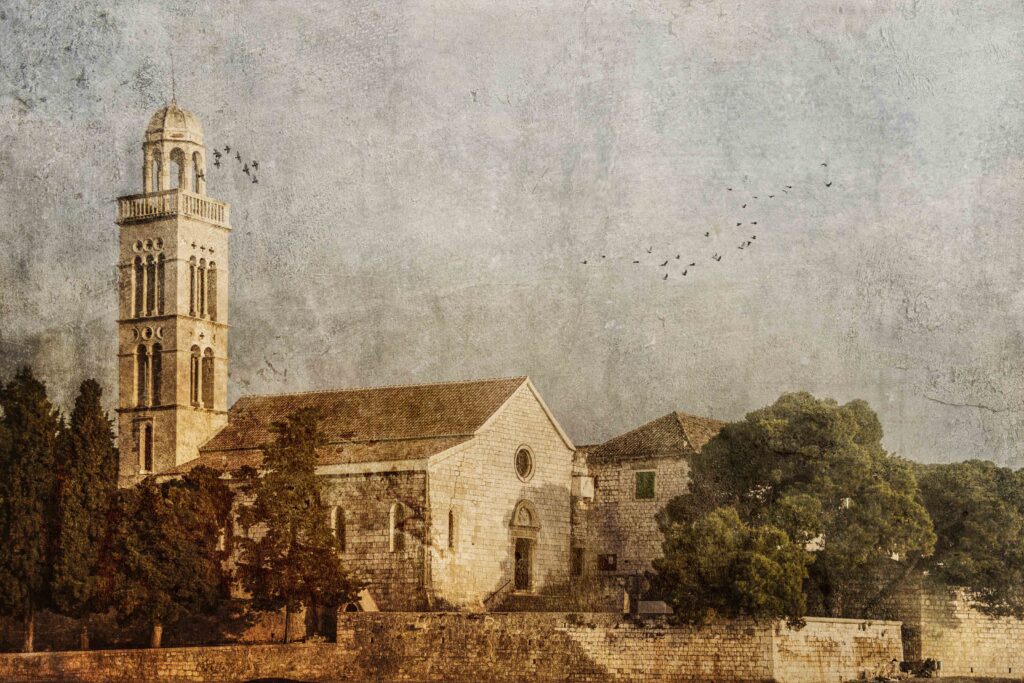
Date created: 2024
Medium: Photographic art on matte paper
Dimensions: 90cm x 60cm
9.Do you see digital manipulation as an extension of photography or as a separate medium altogether?
This took some thought, but I see it as both. Digital manipulation is the modern equivalent of the darkroom, where photo manipulation has been a part of photography long before the digital age. In today’s world, it is a skill all to itself, requiring practice and patience to master. While you do not necessarily need to be an expert in photography or camera techniques to manipulate a photo, combining the art of capturing an image with the creativity of transforming it into something entirely unique is truly magical. It is this blend of skills that can distinguish one photographer from another. Editing and manipulating images offers a personal voice, allowing each piece to reflect the creator’s unique tone.

Date created: 2024
Medium: Photographic art on matte paper
Dimensions: 90cm x 60cm
10.What boundaries do you still want to push in photography or art in general?
Most of the boundaries I aim to push are internal. Overcoming adversity and expanding my mindset has been one of my most empowering experiences. My primary goal is to continue striving for improvement and personal growth, allowing older versions of myself to fade and making space for a stronger, more evolved version to emerge as I move forward.
In doing so, I believe I will approach my work in new, innovative ways and explore areas of photographic art into which I have not yet tapped. One concept I want to highlight is the idea of negative balance – coming to terms with the darker aspects of ourselves, allowing them to be seen, and embracing our humanity by shedding the masks we have grown accustomed to wearing.
The art world can be fickle and unpredictable at times, and while I acknowledge there is a need for all types of art whether meaningful or not, I hope to stay grounded in the importance of continuous self-improvement. I want this to reflect in my work, encouraging the art world to create with intention, purpose, and a deeper sense of meaning behind what is celebrated and revered.

Date created: 2024
Medium: Photographic art on matte paper
Dimensions: 55cm x 82.5cm
